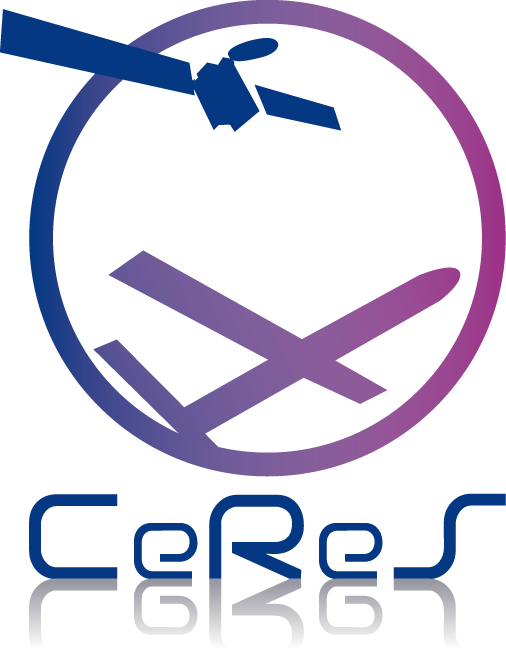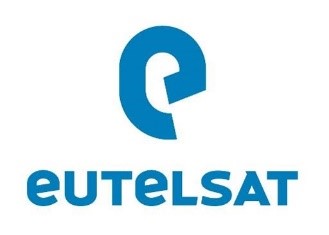
-
StatusCompleted
-
Status date2014-12-15
-
Activity Code1D.013
For what concerns the satcom component for the relay of RPAS C2 communications, stakeholders (satcom operator, satellite equipment manufacturer, etc) are facing many uncertainties regarding the regulatory aspects, despite the progress made by several bodies (among others ICAO UASSG, EUROCAE WG-73, RTCA SC-203, JARUS).The main uncertainties are :
- today no harmonized certification process/rules exists in Europe,
- certification requirements (including safety and security) are still to be specified,
- the needs in terms of system interoperability are also unclear,
The regulatory context is therefore not yet mature enough to enable the development/adaptation of satellite products (ground segment, avionics and even possibly space segment) to comply with regulatory requirements.
The first objective of CERES was to contribute to the definition of the regulatory process towards the certification and standardisation of satellite communications for the relay of RPAS C2 data, by:
- identifying potential certification requirements, in terms mainly of performances.
- proposing the regulatory approach for the certification of the satcom links/operator
- determining the standardisation needs at SatCom level, and, if any, identify possible candidates for such standards
Second, the study aimed at assisting the emergence of suitable satellite communication capabilities, especially through the definition of a proper demonstration step. WRC 2012 opened the path to several possible systems/services while WRC 2015 may extent the list of candidates. The uncertainty on the solutions that will be retained by the market in the future does not allow currently stakeholders to determine where investment should be made in terms of development/adaptation of existing or new satellite systems and products.. It is thus of prime importance to progress on the identification of the most suitable solutions, especially with respect to safety objectives, and to initiate, if deemed necessary, the associated standardization activities. To do so, the possible synergy with the terrestrial systems providing RLOS (Radio Line Of Sight) communications for the RPAS C2 link is one of the aspects to be considered.
The selected time frame is the ICAO ASBU1 (Aviation System Block Upgrade), in line with the ERSG (European RPAS Steering Group) roadmap which targets “restricted RPAS operations BVLOS (Beyond Visual Line Of Sight) /BRLOS (Beyond Radio Line Of Sight) /IFR (Instrument Flight Rules) (supported by SATCOM)” by 2018.
Except for very small ones, all types of RPA are considered. Indeed, while satellite communications are today mainly used on large military platforms (HALE and MALE) due to the size of Ku band satellite user terminals, the RPAS market, and especially the civil one, is taking off starting with small RPA, i.e. below 150 kg. Considering use cases that are emerging (e.g. power grid monitoring, pipeline monitoring, railway track monitoring), such small RPA will be utilized also for BRLOS operations. The satellite communication solution(s) must be thus able to address this market segment, especially through low SWaP (Size Weight and Power) AES (Airborne Earth Station).
The key issues at stake in the frame of this project are the following:
- Today, operational RPAS flying in BRLOS mainly use Ku-band FSS satellite communications and fly in segregated airspace. The insertion in non-segregated airspace will lead to much higher safety targets (integrity, availability, latency, continuity and security) and to a more stringent certification framework.
- The related requirements are however not yet defined at regulatory/standardization level.
- The unavailability of a satellite capability which could meet the safety targets and therefore be certifiable would be a major barrier for the development of RPAS services in BRLOS (Beyond Radio Line Of Sight).
CERES project key benefits are as follows:
- Contribute to the progress of EUROCAE WG73 C3 subgroup, both for the top-down (definition of certification requirements, i.e. C2 link RCP) and bottom-up approaches (identification of most suitable candidates and assessment of the achievable performances).
- Contribute to the progress of the ICAO RPAS Panel regarding the definition of the Communication Service Provider certification process.
- Prepare the future activities, especially demonstration/validation activities in the frame of ESA projects and RPAS C2 activities in the frame of SESAR 2020.
The following figure depicts a generic architecture for a C2 link satcom system (BRLOS) conveying C2, Detect & Avoid data and relaying ATC voice and ATC data (CPDLC). For the sake of completeness, the terrestrial link (RLOS) is as well represented.
A centralised configuration is considered, i.e. meaning that the Remote Pilot Station is connected to the communication system through an access network. The satellite ground segment is made of two redundant gateways while the space segment is based on a GEO satellite, possibly paired with a second one, acting as a backup. For both the ground segment and the space segment, advanced fast failure detection and switchover mechanisms would allow to improve availability and continuity performances.
The terrestrial segment is made of multiple stations, not necessarily constituting a continuous cellular network. They are used especially for take-off and landing and for redundancy purposes over e.g. urban areas.
The communication system must be standardized through MOPS and MASPS and its compliance with regards to C2 link Required Communication Performances (RCP) approved. The Communication Service Provider is to be certified by the relevant safety agency (e.g. EASA).

Along the project, the following plan was followed:
- Firstly, WP1 (Satcom Certification Requirements and Regulatory Process Definition) aimed at defining the certification requirements and processes associated to a C2 link satellite communication system.
- Secondly, WP2 (Gap Analysis) identified the most suitable satellite capabilities and assessed their performances, required gap fillers, cost and roadmap.
- Thirdly, WP3 (Demonstration Activities Definition) identified the demonstration objectives and the best suited demonstration concepts.
- In parallel to these activities, WP4 (Standardization Needs Assessment) conducted an analysis of the standardization needs and a comparison of the candidate standards.
- Finally, WP5 (Dissemination and Recommendations) brought some of the results of the study to relevant working groups, namely ICAO UASSG (now ICAO RPAS Panel), ICAO ACP WG-F and EUROCAE WG73. This WP defined as well recommendations in the light of the conducted work, especially for future activities, such as RPAS C2 activities in the frame of SESAR 2020.
The project is now completed (October 2014).
In order to properly set the scene, the project started by a synthesis of the current status of the RPAS regulation and standardization framework. Based on this sound baseline, the project proposed a set of C2 link Required Communication Performances (RCP) applying a methodology drafted by EUROCAE WG73 and further refined in this project. This analysis of performances was then complemented by a security analysis, a topic not yet tackled in details in the various groups but,, a topic that will certainly become shortly a key issue for the C2 link.
The project worked out as well a draft certification process. In order to further progress on this aspect, it would be needed to clearly identify the performances that a service provider may be willing to commit to, i.e. the Service Level Agreement (SLA).
A thorough analysis of 4 candidate systems, namely FSS based system, Inmarsat SBB / Iris Precursor, ANTARES and 5GHz based system, was conducted to identify key pros/cons of each candidate and assess their performances with regards to the C2-link RCP proposed by the project. When needed, gap fillers were identified, and the associated cost and roadmap were analysed.
The project also identified 4 demonstration concepts based either on flight trials or emulation/simulation. These concepts are complementary, each one answering to particular objectives.
Based on a review of the current C2 link standardization status, the standardization needs were analysed. The core part of what could be standardised, i.e. the communication standard, was further studied, firstly defining its requirements and secondly investigating four candidates, (namely ANTARES, DVB-S2/RCS2, STANAG 4660 and RLOS Standard defined in the frame of the Integration in the NAS project in the US) with regards to these requirements.
The project concluded by several dissemination actions towards the relevant groups and by the identification of 10 recommendations for further activities in order to further contribute to a certifiable C2 link for flights in BRLOS in non-segregated airspace






